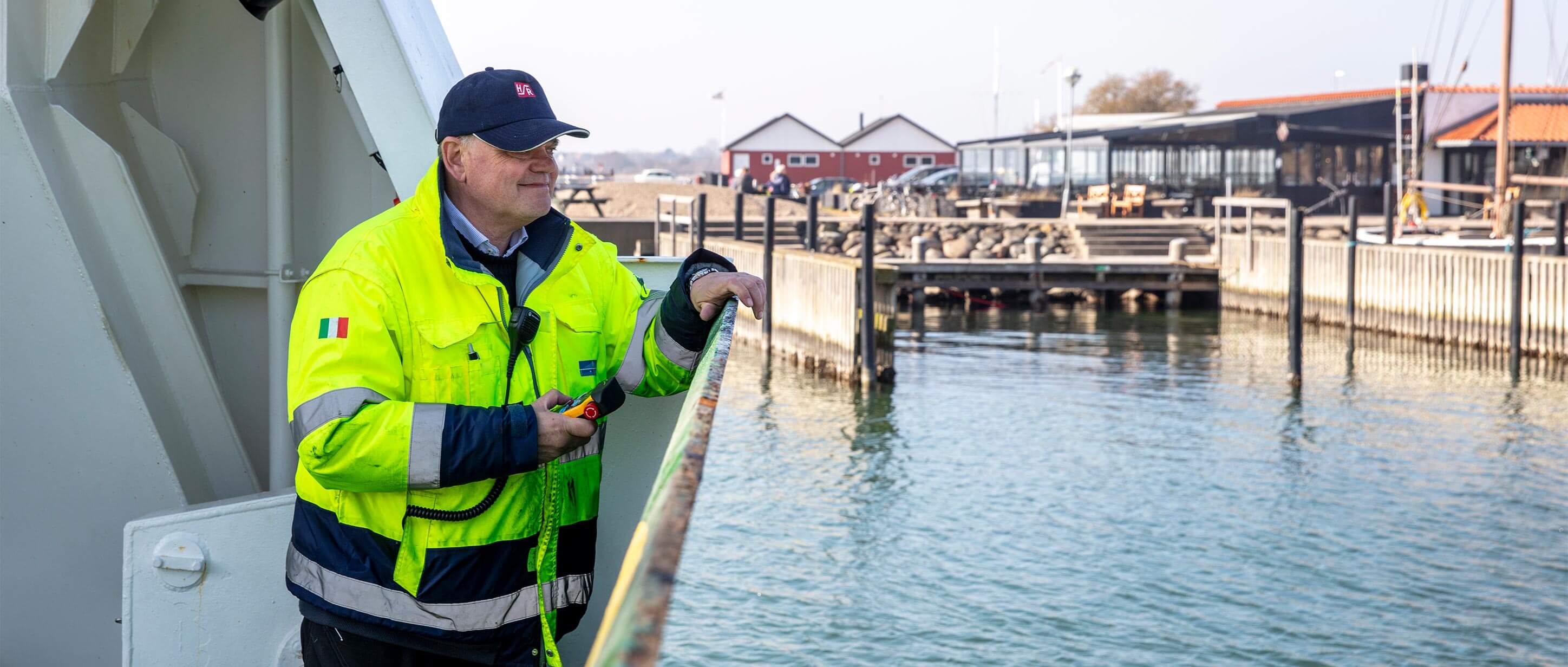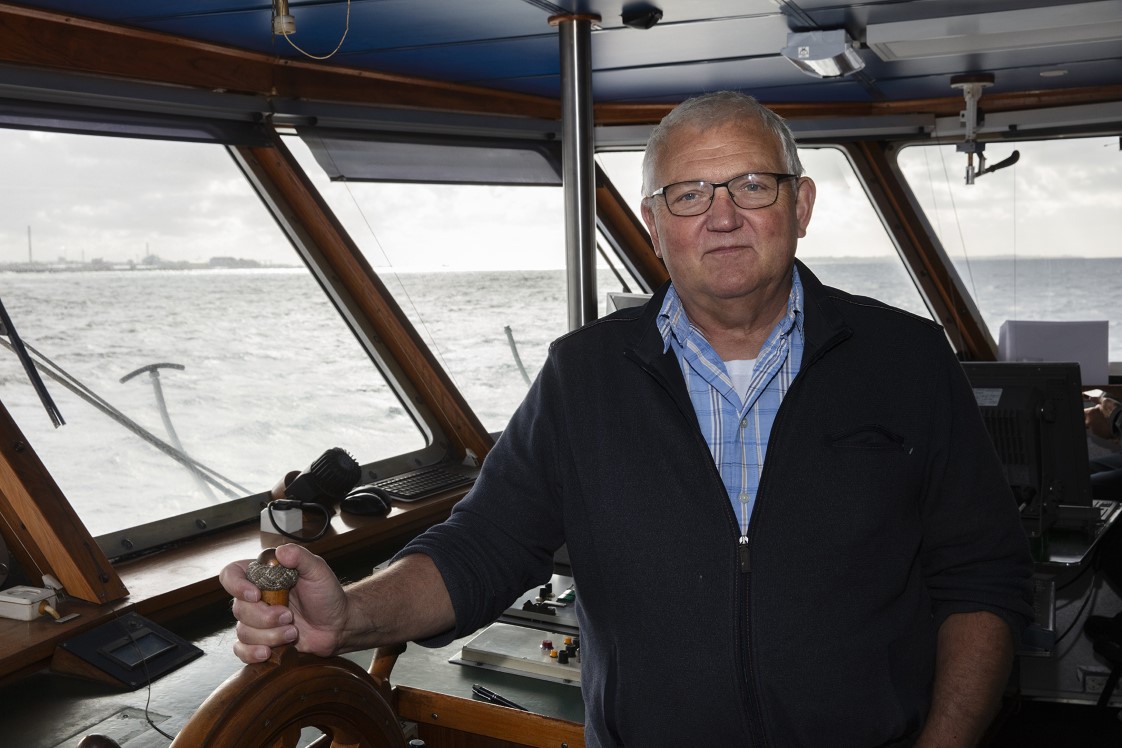After almost 40 years in the shipping industry, shipowner Hans Froholdt has gained a great deal of experience when it comes to safety and how to handle considerations in the area in both small and large organizations. His own background as a sailor is that advantage, he believes.
In 2010, Hans Froholdt helped to re-establish Sundbusserne after bankruptcy, making him both director and part of the owners of the group, which consists of three companies: Sundbusserne A/S, Partrederiet Sundbusserne, which owns passenger ferry Pernille, and Partrederiet Jeppe, which owns passenger ferry Jeppe.
»We don't have 37 different guys to put into action; it’s the same people carrying out the tasks. But routine must never become a blind spot.«
Hans Froholdt, CEO, Sundbusserne
When UFDS visited Pernille in early October, we had a chat with Hans Froholdt, who himself has sailed as skipper after graduating from SIMAC in 1986. Since then, his career has taken him past DFDS, Clipper, A2Sea Offshore and a time as an independent consultant.
His tenure in DFDS were to a large extent marked by the disaster onboard Scandinavian Star in the spring of 1990, where Hans Froholdt had just started in the shipping company, where he subsequently contributed to updating the safety plans in the aftermath of the fire, just as he was trained in the field.
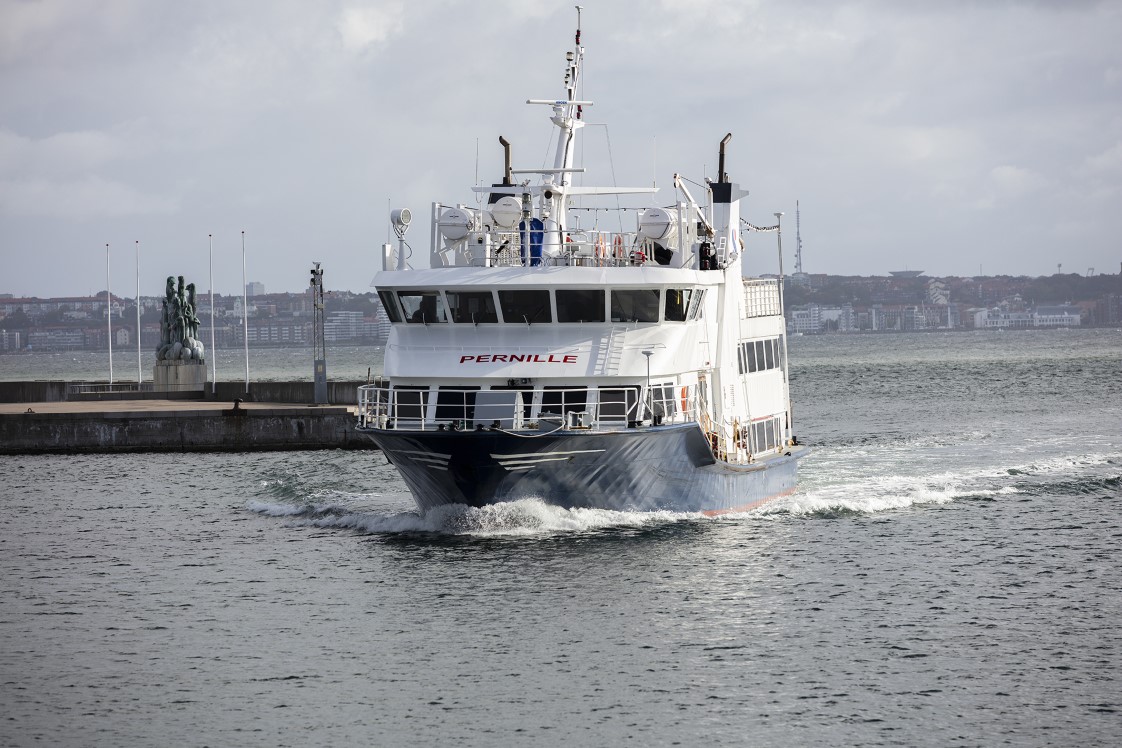
»I'm acutely aware of how important safety is in ferry services, and we spend a lot of time talking about it. And safety always comes first, even ahead of the commercial aspects. You have to feel comfortable with what's going on and the people you're working with,« he says.
According to Hans Froholdt, operating a lot on the same route – as is the case for Sundbusserne – comes with a built-in risk of being 'somewhat accustomed to some habits', as he says, when the days and voyages are relatively similar.
»That's why we constantly remind ourselves that we're dealing with people. And it doesn't matter if the ship is big or small. We can carry up to 200 people and operate in one of the busiest areas in the region, so it's a responsibility we're very aware of,« he says.
In a literally shaky workplace – particularly noticeable when UFDS is visiting – one must of course also take care of the employees, Hans Froholdt emphasizes. And incidents do occur, he admits, but the major accidents at work have so far been avoided.
»It's also a result of us dealing with our working environment. On an old ship like this (from 1981, ed.) there are many tasks that are difficult to modernize. For example, there is no elevator, so we have procured a machine that can negotiate the stairs and do the heavy lifting of drinks and things like that," says Froholdt.
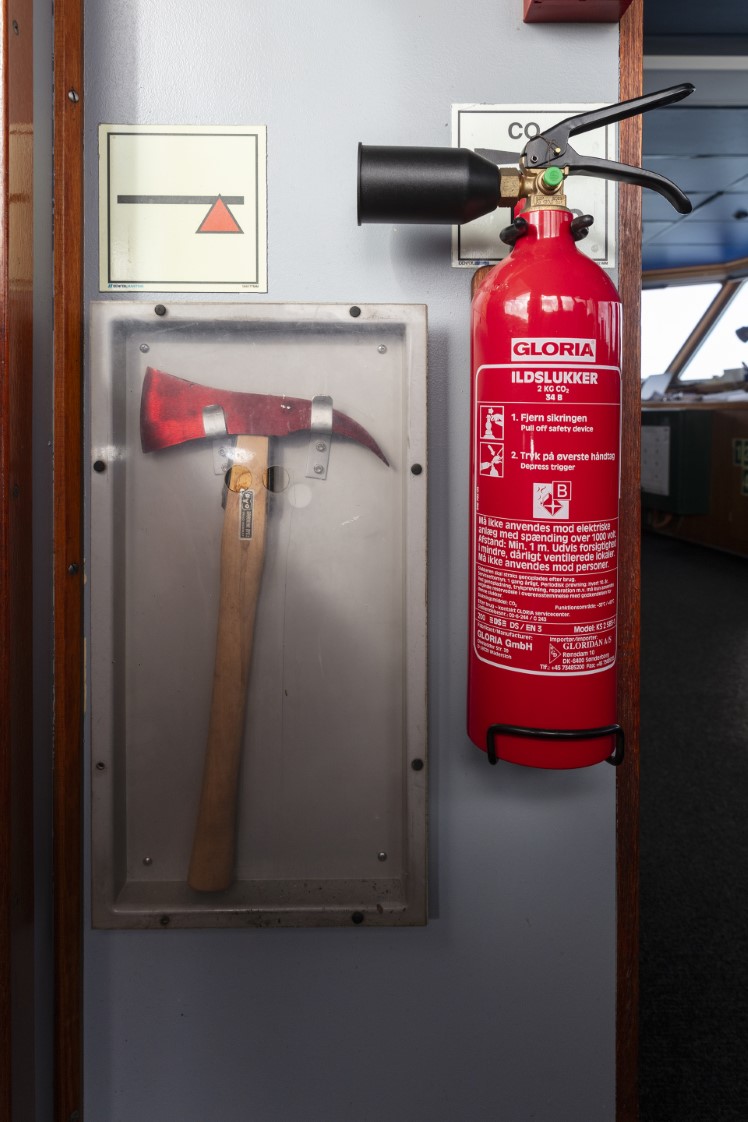
Maintaining systematics and structure
Compared to bigger players such as DFDS, Stena Line and not least Maersk, Sundbusserne is a relatively small company, where the gap between thought to action is short, as Hans Froholdt puts it. If the catering staff or a ship's assistant comes up with a good idea, he or she can immediately discuss it with the captain and then it is basically adopted, if there’s otherwise agreement.
»We have a very open-door culture, and that’s how it has to be. I often sit out here on the ship when we have to pick up on budgets and stuff like that, so we meet almost all the time, and I suppose that's a bit untraditional compared to the big shipping companies,« the CEO says.
Similarly, many functions are concentrated on relatively few people, shortening both the chains of command, but also multiplying the number of individual tasks in a shipping company having to deal with a large number of authorities and meet numerous requirements to which larger players can dedicate a team of five to ten employees.
At the same time, it can make it challenging to maintain the systematics in connection with, for example, Sundbusserne's own inspection of the ships, although it is 'going very well', as Hans Froholdt says with a twinkle in his eye and adequate understatement in his voice.
»It's something we have to remind ourselves of. But of course, we have our systems, and we do a lot of inspections ourselves. I often walk around the ships and find various little bits to amend. We stay structured; You can't sail old vessels like this without keeping an eye on them,« he says.
It's a big task for a small company, but these are the conditions, he emphasizes.
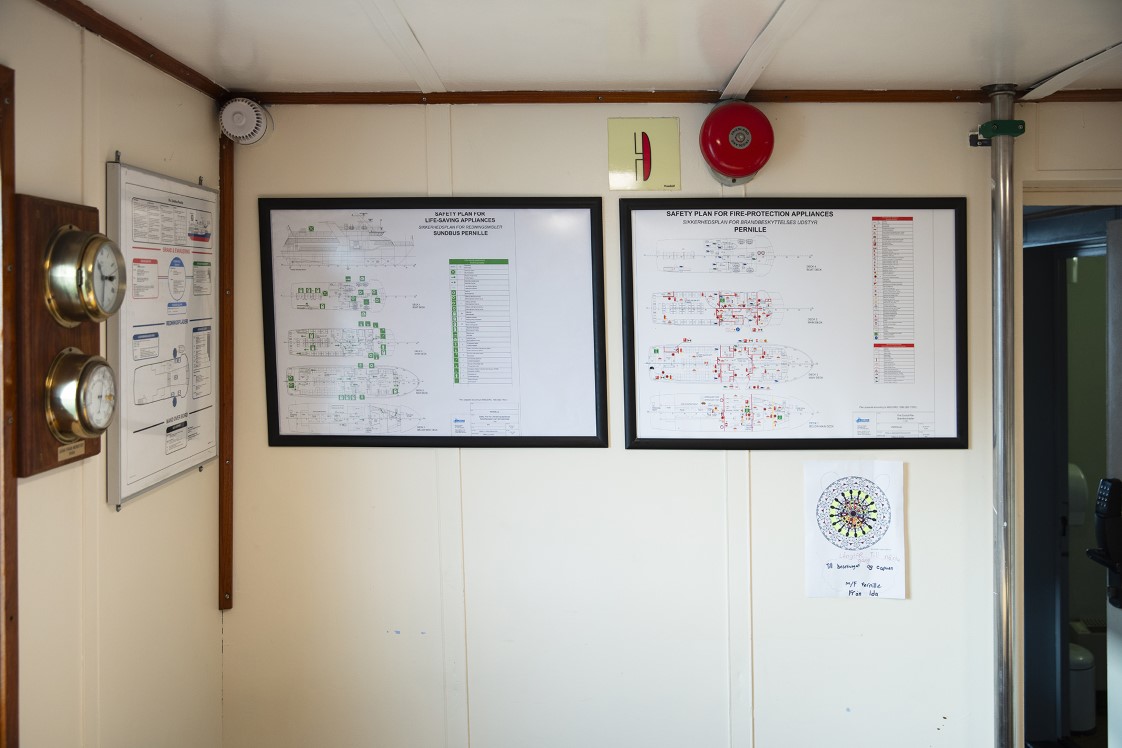
Great consideration towards crossing traffic
From time to time, input also comes from outside the organization when Hans Froholdt or chief captain of Sundbusserne, Nils Villadsen, have a meeting with safety manager Jan Bagger or the captains from what is now Øresundslinjen, but was called ForSea, when UFDS visited the shipping company last year.
Even as competitors, you need to be able to talk to each other, and the two shipping companies do just that on a regular basis, Hans Froholdt says.
»We’re all sailors, so if Jan observes something we could do differently – which actually happened just a few weeks ago – he calls or writes to me or Nils, and we can take it on to the ships. And it can also go the other way,« as he explains.
Specifically, Hans Froholdt and Jan Bagger recently talked about how their transverse ships can act in relation to the heavy traffic along the Strait, which UFDS witnessed firsthand during our visit.
»If an agreement is made with one ship, the others will follow. For example, we are talking about the Oslo boats – which I have sailed a lot myself by the way – and we can do some safety planning around those, because we know in advance roughly when they will show up on their way from or to Copenhagen,« Hans Froholdt says.
Of course, terms and rules such as these must be followed by everyone, and if a new employee or two occasionally fail to fully understand the procedures, they are taken aside and updated on the proceedings.
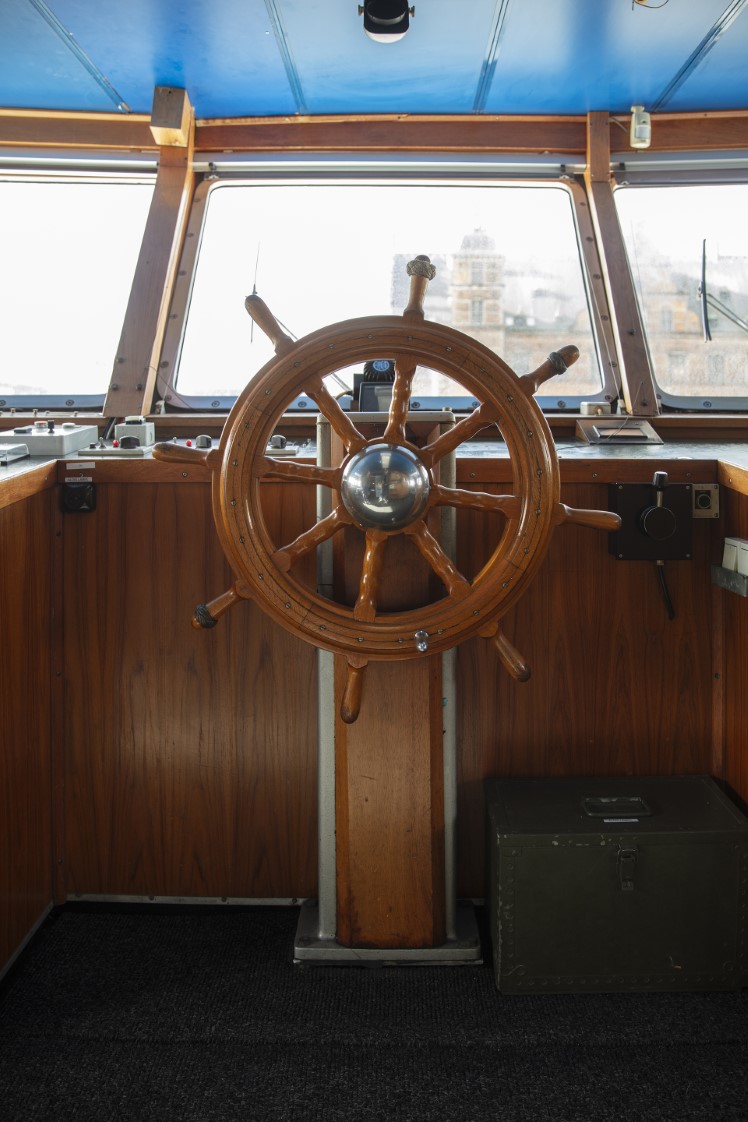
»That’s how we sail safely up here, in addition to of course following the rules of the sea. And they also provide the opportunity to make agreements between ships; we are on a first-name basis with the others who sail here on a permanent basis, and together we can make sure to take into account those who are not used to sailing here,« says Hans Froholdt.
Basically, it is about not putting north-south traffic in doubt while they traverse the home ground of Sundbusserne and Øresundslinjen, where the distances between vessels are somewhat smaller than most ‘outsiders’ are used to.
»We have to remember that there might be sailors who’ve had bad dreams for two nights because they have to go through these waters with so much ferry traffic, while we can just think 'another day at the office'. We have to consider clear actions and communication,« Hans Froholdt says.
Repetition is a risk
In practical terms, Sundbusserne and Øresundslinjen sail at roughly the same pace, depending on the weather, the latter's ferries are usually a little faster, and thus, frequent announcements on the radio are necessary in allowing the individual vessels to plan their routes and get safely in and out of the ports.
»It works really well – and safely – if we make sure that it doesn't become routine, and that we stay focused by switching crews on the bridge to keep our heads clear. The risk of this type of transport is that it is repetition-repetition-repetition, but we talk a lot about that,« Hans Froholdt says.
This happens, among other occations, at the daily morning meetings, which first and foremost are used to address the day's journeys, especially if there is something unusual in store regarding weather challenges, large groups of passengers or extraordinary traffic conditions.
»I'm acutely aware of how important safety is in ferry services, and we spend a lot of time talking about it. And safety always comes first, even ahead of the commercial aspects.«
Hans Froholdt, CEO, Sundbusserne
In addition, the crew follow Sundbusserne's safety procedures, for example regarding bunkering, handling hot items, working aloft and the like. Again, this is also something that is characterized by the relatively modest size of the shipping company.
»We don't have 37 different guys to put into action; it’s the same people carrying out the tasks, so they know that they have to put on climbing harnesses, that the safety equipment must be in place, how to handle the tools properly and that kind of stuff. But again, routine must never become a blind spot,« Hans Froholdt says.
If incidents or near misses occur, these are the thoroughly analyzed, and the company sports an external DP tasked with helping to improve procedures and thus avoid accidents.
»Does that mean we good enough? I think we are, but there’s always room for improvement. So, we try to maintain a high level of security, that's a priority for me at least. I have sailed myself, so even though I obtain a commercial perspective now, I will never start arguing with Nils if, for example, he says that it is too windy to set out,« Hans Froholdt says.



